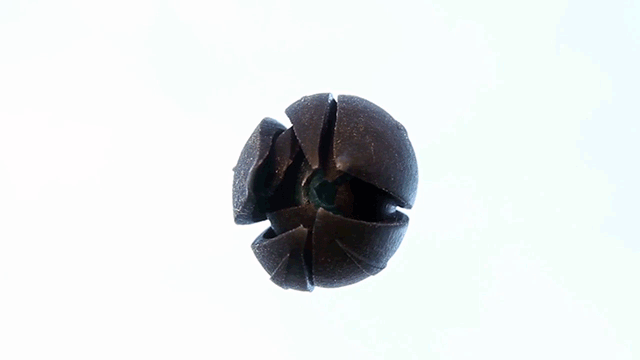Hello
and welcome to 3D Printing Pro. I've decided to start up this blog to
help track the growth and advancement of 3d printing and printers. Over
the past few years this technology has really begun to revolutionize many different
industries in many different ways. I've been a fan of this technology for
years, and finally decided to start writing about it.
This
site will be dedicated to sharing news and information related to the world of
3D printing, as well as some thoughts and opinions on the matter. While I will be doing my best to keep up with
all the latest and greatest information, this is a rapidly changing technology,
so I might occasionally miss something.
If you hear of something that you don’t see here, please contact me and
let me know!
What is 3D PRINTING?
In
case you’ve found your way to this site on accident, or you are just starting
to hear about 3D printing, here is a very brief overview. 3D printing, also known as ‘Additive Manufacturing’
is a technology that allows you to ‘print’ three-dimensional objects. There are many different types of 3D
printers, allowing you to print with a variety of different materials.
For example,
a large manufacturing facility may have a 3D printer that can use some types of
metals. The printer will melt the metal
down, then create a 3D object in a very precise way. This could be done to print off a custom
office desk, or to create a prototype of a new engine block for a future
vehicle. There are virtually no limits
to what can be printed.
For the
average person, a 3D printer will use a type of plastic that is melted down and
then used to form different objects.
Many artists use these printers to create new and exciting
sculptures. They can also be used for
printing custom tools, toys, medical equipment and much more.
The Future of 3D Printing
The most
exciting part about 3D printing is that there is almost no limitations to what
it will be able to do. While today the
printers are quite expensive today, like all technologies, the price will drop
rapidly over the coming years. Imagine
having the ability to print off anything you need in any situation. As this
technology advances, that is exactly what will be possible.
In the near
future (3-5 years) 3D printing will continue to revolutionize
manufacturing. It will also begin to be
used more and more in the architecture and design industries. Long term, 3D printing will change the way
the medical industry works. Hospitals
will be able to print off exact replicas of bones that need to be replaced, for
example. They will also be able to make
instruments that are customized to the specific needs of the patient.
Of course,
the biggest benefits likely haven’t even been thought of yet. As more and more people become familiar with
this technology, new and innovative ideas will be brought to the table. In my opinion, however, 3D printing will be
one of the biggest drivers of advancement over the next several decades.
I look
forward to following the world of 3D printing, and helping bring information
about it to you and hopefully many others.









